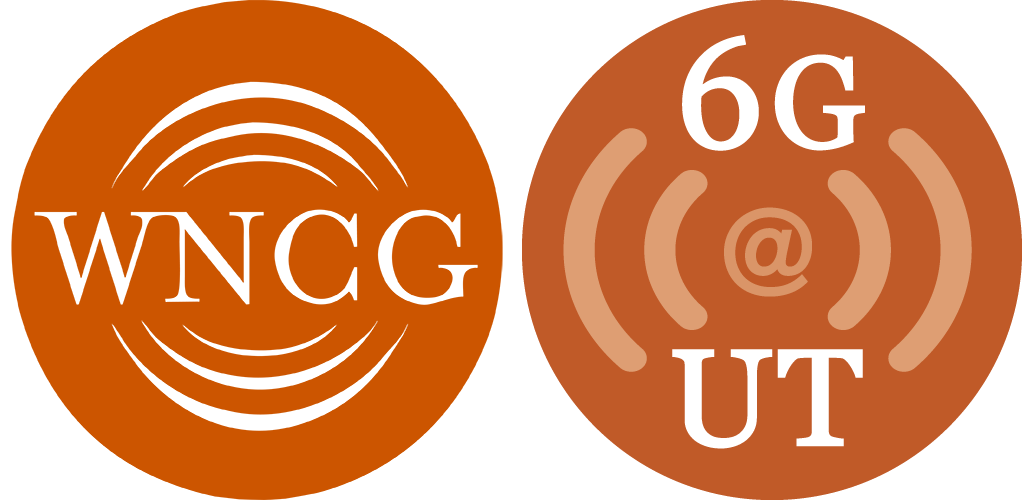The Department of Transportation (DOT) has awarded nearly $2 million to a national research consortium that includes lead institution Ohio State University as well as the University of California-Irvine and the University of Texas at Austin. The grant will create a new Tier 1 University Transportation Center (UTC). According to the DOT, these centers aim to “advance research and education programs that address critical transportation challenges facing our nation.”
WNCG professor Todd Humphreys will lead the center efforts at UT Austin. The UTC’s Principal Investigator is WNCG alumnus Zak Kassas, who is currently an associate professor at UC Irvine.
“Zak and I are looking forward to working together again,” Humphreys stated, adding that Kassas was instrumental in the consortium’s successful bid for the center. “We beat out at least a dozen other teams vying for this UTC.”
The researchers will specifically examine issues with Highly-Automated Transportation Systems (HATS). The rise in applications of this technology over the last decade is undeniable. Highly-Automated Vehicles like self-driving cars and self-flying air taxis not too long ago existed only in science fiction. Yet today, both have been successfully demonstrated, and we continue to move closer to seeing this technology become mainstream.
However, HATS currently rely too heavily on externally acquired positioning, navigation, and timing information. Not only does this create loss and attenuation problems, but it also leaves the system susceptible to security risks.
“There is a global trend of increasing interference, whether accidental or deliberate, in radio bands crucial for HATS,” the consortium’s proposal states. “Civil GNSS jamming and spoofing have evolved from a hypothetical threat, to an experimentally-verified vulnerability, to an emerging public safety hazard.”
Humphreys, a pioneer in the study of Global Navigation Satellite Systems, understands the urgency all too well. His team was the first to demonstrate crucial ways GPS can be exploited.
“We've long known that GPS, radar, lidar, cameras, etc., can be hacked in various ways,” Humphreys explained. “But with the emergence of highly automated vehicles that depend on a fusion of data from these sensors, the stakes have risen.”
Humphreys noted that high-risk projects—like the “flying car” demonstrated in Japan recently—have always prioritized safety, but now more than ever, it’s important to fully examine how to secure the systems against interference.
The potential risks of incomplete or misleading situational information are undeniable, from mere annoyances like increased traffic congestion to potentially fatal collisions.

An overview of HATS
“Security against hacking is now viewed as a core requirement for safety,” Humphreys said. “If automated vehicles are easily hacked, they will invite attacks, with potentially fatal results. We aim to test how hackable automated vehicle sensing is and to offer solutions for hardening them against attack.”
To that end, the new UTC will work to develop solutions to system vulnerabilities, whether accidental, unusual but natural, or deliberately malicious. Sensor security will be examined individually as well as in the context of a whole localization and perception pipeline for an automated vehicle.
The consortium’s proposal also included an education and workforce development plan that provides for curriculum development, a student exchange program, and a biannual symposium connecting students with industry.
Another crucial element for the UTC’s success moving forward is the establishment of an Advisory Board. Key members of industry, government, and academe have already pledged participation on the Board, including DOT contacts at federal, state, and municipal levels; automakers like GM, Ford, and Honda; and expert faculty from Stanford, USC, Virginia Tech, among others.
With all of these fundamental pieces coming together, Humphreys is ready to hit the ground running as he leads the work at Texas. His research lab, the UT Radionavigation Lab, has a wealth of expertise in sensor security, navigation, and automated vehicles. UT-SAVES--a WNCG initiative launched in 2016 by Prof. Robert Heath that focuses on wireless, networking, and sensing in vehicular systems--will also play a vital role.
“SAVES will be at the center of UT's effort,” Humphreys stated. “The SAVES Sensorium will be key to this project. It houses in one box all the sensors needed for automated vehicles: cameras, radar, inertial sensors, GPS/GNSS, and soon a lidar. One of our goals will be to make the Sensorium virtually unhackable in various respects.
“[Collaborating professor] Chandra Bhat is also bringing the connection to the Center for Transportation Research here at UT, which has decades of experience in transportation in general, and, more recently, in automated transportation,” Humphreys said.
Bhat directed the UT Center for Transportation Research from 2012 to 2017 and is a professor in UT’s Department of Civil, Architectural, and Environmental Engineering. He is an expert in Transportation Engineering, with research interests in data science and predictive analytics, connected and automated smart transportation systems, and social/environmental implications of transportation. In 2017, he was awarded the Lifetime Achievement in Transportation Research and Education Award (Academic) from the Council of University Transportation Centers.

The SAVES Sensorium, shown mounted on top of a car
The Highly-Automated Transportation Systems UTC is one of four centers established as part of the Department of Transportation’s 2020 Competition. The other three centers will focus on Communications Technology and E-Commerce Effects on Travel Demand, Implications of Accessible Automated Vehicles and Mobility Services for People with Disabilities, and Strategic Implications of Changing Public Transportation Travel Trends. Over 65 total applications were submitted across all four UTCs.
The research will be conducted over the next 18 to 24 months.

